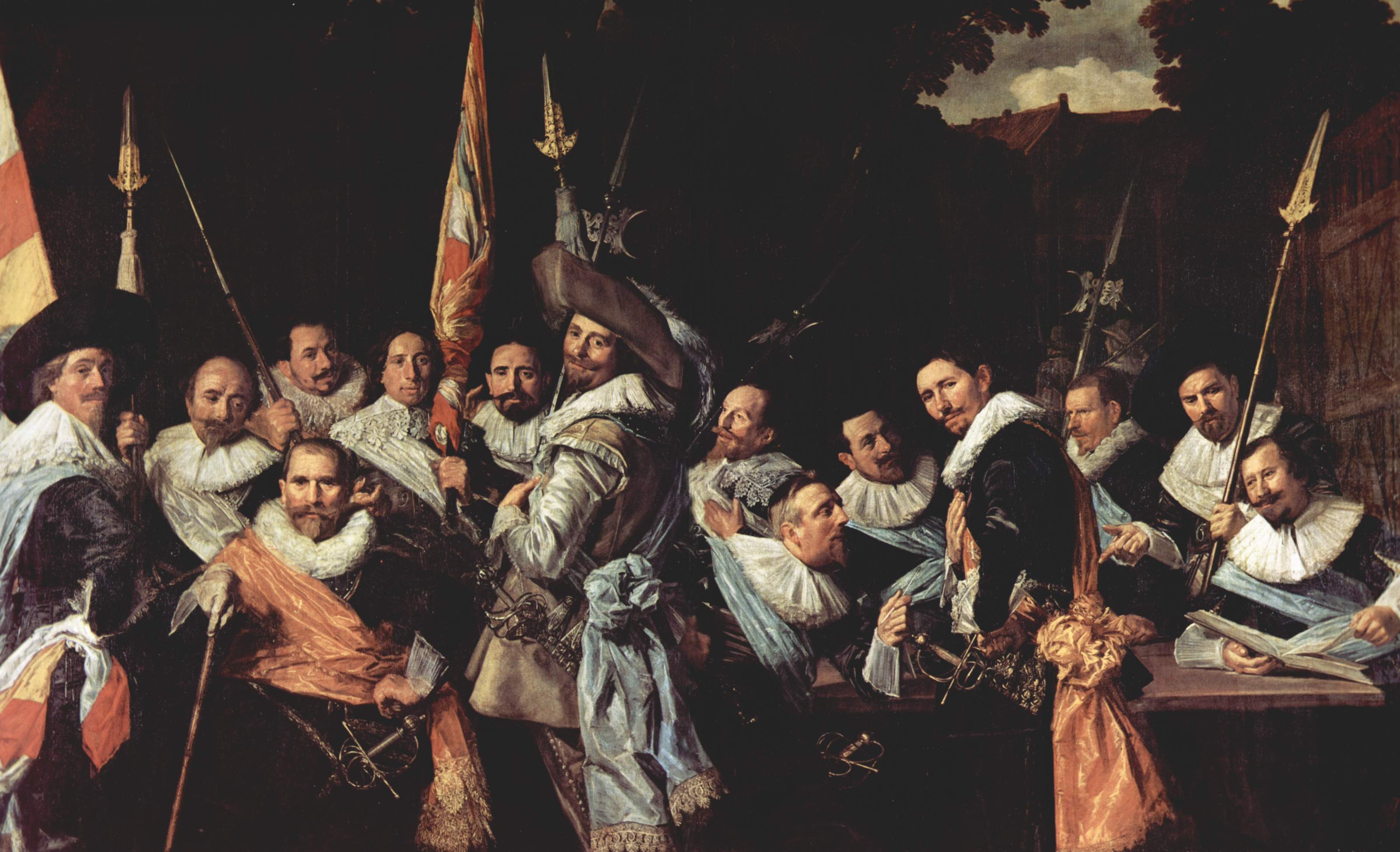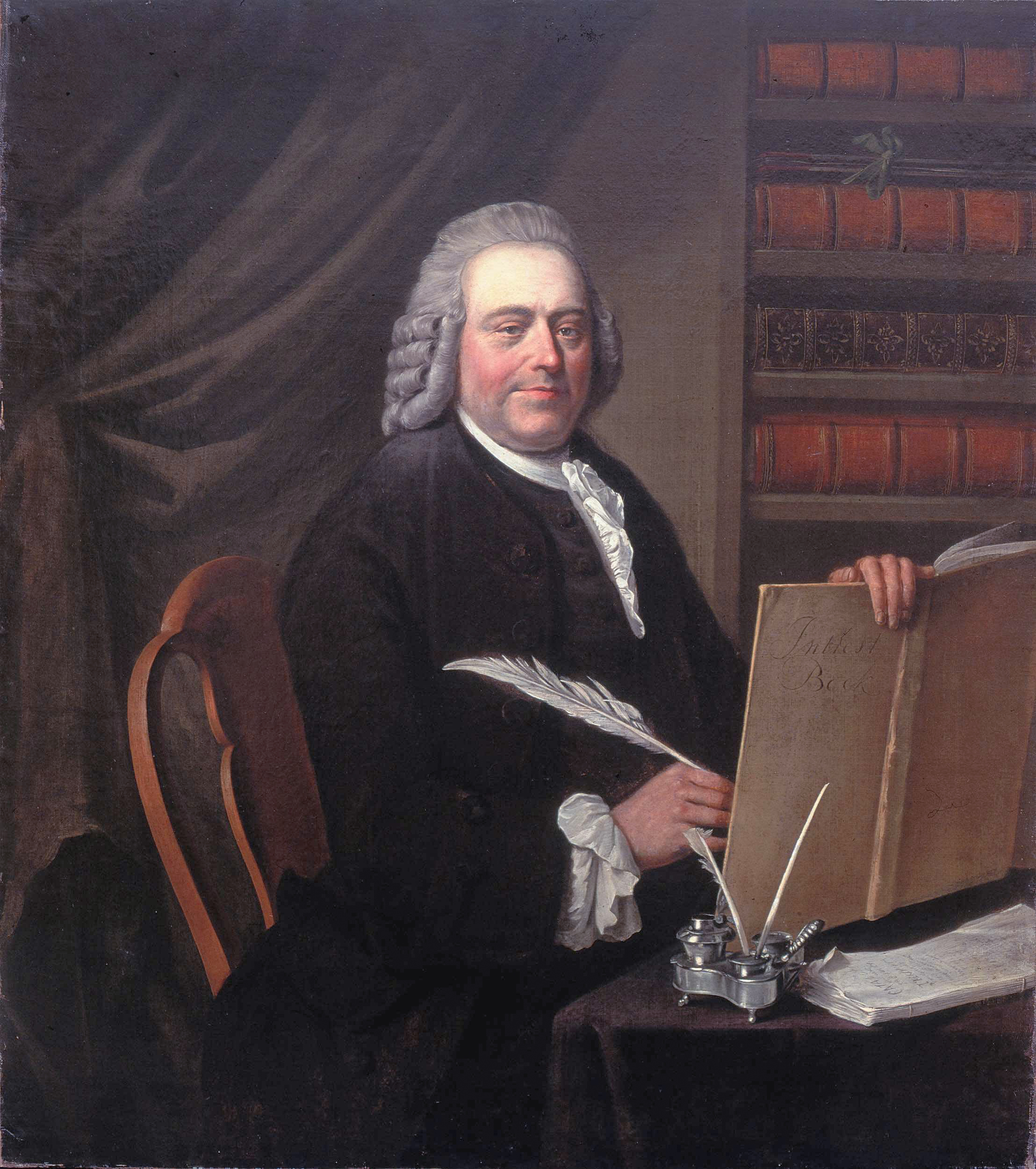|
Frans Hals Museum
The Frans Hals Museum is a museum located in Haarlem, the Netherlands. The museum was established in 1862. In 1950, the museum was split in two locations when the collection of modern art was moved to the '' Museum De Hallen'' (since 2018 called ''Hal)''. The main collection, including its famous 17th-century Frans Hals paintings, for which the museum is named, is located in the former ''Oude Mannenhuis'' on the Groot Heiligland. The museum was founded in 1862 in the newly renovated former Dominican church cloisters located in the back of the Haarlem city hall known as the ''Prinsenhof'', and when it needed more space, it moved to the recently vacated location of the town orphanage in 1913. The collection is based on the large number of paintings owned by the City of Haarlem, which includes over 100 artworks seized from Catholic churches in the 1580s after the Protestant Reformation, and Haarlem art rescued from demolished local buildings from the 15th century onwards. In 2018 t ... [...More Info...] [...Related Items...] OR: [Wikipedia] [Google] [Baidu] |
Haarlem
Haarlem (; predecessor of ''Harlem'' in English) is a city and municipality in the Netherlands. It is the capital of the province of North Holland. Haarlem is situated at the northern edge of the Randstad, one of the most populated metropolitan areas in Europe; it is also part of the Amsterdam metropolitan area, being located about 15 km to the west of the core city of Amsterdam. Haarlem had a population of in . Haarlem was granted city status or '' stadsrechten'' in 1245, although the first city walls were not built until 1270. The modern city encompasses the former municipality of Schoten as well as parts that previously belonged to Bloemendaal and Heemstede. Apart from the city, the municipality of Haarlem also includes the western part of the village of Spaarndam. Newer sections of Spaarndam lie within the neighbouring municipality of Haarlemmermeer. Geography Haarlem is located on the river Spaarne, giving it its nickname 'Spaarnestad' (Spaarne city). It is situated a ... [...More Info...] [...Related Items...] OR: [Wikipedia] [Google] [Baidu] |
Pieter Biesboer
Pieter Biesboer (born 1944), is a Dutch art historian and prolific writer on 17th-century Dutch art. His specialty is art from Haarlem. Career Biesboer was a curator at Stedelijk Museum het Prinsenhof in Delft during the years 1973-1976. Biesboer became a curator of old masters at the Frans Hals Museum in Haarlem until he retired in 2009. Biesboer's publications include exhibition catalogs and research publications as well as important work for the Getty Research Institute on the Thieme-Becker catalog. After his retirement he began working on the Haarlem pages of the Getty Provenance Index. for the on the occa ... [...More Info...] [...Related Items...] OR: [Wikipedia] [Google] [Baidu] |
Teylers Museum
Teylers Museum () is an art, natural history, and science museum in Haarlem, Netherlands. Established in 1778, Teylers Museum was founded as a centre for contemporary art and science. The historic centre of the museum is the neoclassical Oval Room (1784), which was built behind the house of Pieter Teyler van der Hulst (1702–1778), the so-called ''Fundatiehuis'' (Foundation House). Pieter Teyler was a wealthy cloth merchant and banker of Scottish descent, who bequeathed his fortune for the advancement of religion, art, and science. He was a Mennonite and follower of the Scottish Enlightenment. History In his will, Pieter Teyler stipulated that his collection and part of his fortune should be used to establish a foundation for their promotion: Teylers Stichting. The Teyler legacy to the city of Haarlem was split into two societies: Teylers First or Theological Society (Dutch: ''Teylers Eerste of Godgeleerd Genootschap''), intended for the study of religion and Teylers Second ... [...More Info...] [...Related Items...] OR: [Wikipedia] [Google] [Baidu] |
Pieter Teyler Van Der Hulst
Pieter Teyler van der Hulst (25 March 1702 – 8 April 1778) was a wealthy Dutch Mennonite merchant and banker, who died childless, leaving a legacy of two million florins (in today's terms: about EUR 80 million) to the pursuit of religion, arts and science in his hometown, that led to the formation of Teyler's Museum. This was not the value of his entire estate. He also founded Teylers Hofje in his name, and made important donations to individuals in the Mennonite community. Biography Pieter Teyler van der Hulst was born on 25 March 1702 in Haarlem in the Dutch Republic. Teyler was an active follower of the Scottish Enlightenment, being descended from wealthy Scots merchants. His name is derived from the Scottish ''Tailor''. He married the lady Helena Wynands Verschaave in 1728. He was an active member of the "Waterlander" mennonite community and became a trustee of the city orphanage from 1750 onwards. [...More Info...] [...Related Items...] OR: [Wikipedia] [Google] [Baidu] |
Doopsgezinde Kerk, Haarlem
The Doopsgezinde kerk is a historical hidden Mennonite church dating from the 17th century between the Grote Houtstraat, Peuzelaarsteeg and the Frankestraat in Haarlem, Netherlands. History The church (also referred to as the ''Vermaning'') was built in 1683.Rijksmonument report The original entrance was a simple narrow door in the alley connecting the shopping street Grote Houtstraat to the Frankestraat, called the Peuzelaarsteeg, and through the purchase of a house in the Frankestraat a new, larger, entrance was created in 1717. In 1757 a group of members of the church, including Pieter Teyler van der Hulst, purchased a house on the Grote Houtstraat and created a modern but unobtrusive entrance with long hallway. In 1902 the Frankestraat entrance was renovated and new regents’ rooms were created in Jugendstil. During the course of centuries, almost the entire block of houses was purchased by the church, and a large house across from the church in the Frankestraat, the "Huis ter ... [...More Info...] [...Related Items...] OR: [Wikipedia] [Google] [Baidu] |
Martin Van Marum
Martin(us) van Marum (20 March 1750, Delft – 26 December 1837, Haarlem) was a Dutch physician, inventor, scientist and teacher, who studied medicine and philosophy in Groningen. Van Marum introduced modern chemistry in the Netherlands after the theories of Lavoisier, and several scientific applications for general use. He became famous for his demonstrations with instruments, most notable the '' Large electricity machine'', to show statical electricity and chemical experiments while curator for the Teylers Museum. Biography Early career Born in Delft, Van Marum moved to Haarlem in 1776 ''because the Haarlemmers had more taste in the sciences than anywhere else in the Netherlands.'' After his arrival in Haarlem he began to practise medicine, but devoted himself mainly to lecturing on physical subjects and creating instruments to demonstrate physical theory. He must have made a big impression on Haarlem society, because he became a member of the Dutch Society of Science in ... [...More Info...] [...Related Items...] OR: [Wikipedia] [Google] [Baidu] |
Johannes Abraham Bierens De Haan
Johan(nes) Abraham Bierens de Haan (March 17, 1883 – June 13, 1958) was a Dutch biologist and ethologist. He was born in Haarlem, and died in Siena, Italy Italy ( it, Italia ), officially the Italian Republic, ) or the Republic of Italy, is a country in Southern Europe. It is located in the middle of the Mediterranean Sea, and its territory largely coincides with the homonymous geographical re .... 1883 births 1958 deaths Ethologists Scientists from Haarlem 20th-century Dutch zoologists {{Zoologist-stub ... [...More Info...] [...Related Items...] OR: [Wikipedia] [Google] [Baidu] |
Dutch Reformed
The Dutch Reformed Church (, abbreviated NHK) was the largest Christian denomination in the Netherlands from the onset of the Protestant Reformation in the 16th century until 1930. It was the original denomination of the Dutch Royal Family and the foremost Protestant denomination until 2004. It was the larger of the two major Reformed denominations, after the Reformed Churches in the Netherlands (''Gereformeerde kerk'') was founded in 1892. It spread to the United States, South Africa, Indonesia, Sri Lanka, Brazil, and various other world regions through Dutch colonization. Allegiance to the Dutch Reformed Church was a common feature among Dutch immigrant communities around the world and became a crucial part of Afrikaner nationalism in South Africa. The Dutch Reformed Church was founded in 1571 during the Protestant Reformation in the Calvinist tradition, being shaped theologically by John Calvin, but also other major Reformed theologians. The church was influenced by va ... [...More Info...] [...Related Items...] OR: [Wikipedia] [Google] [Baidu] |
Synod
A synod () is a council of a Christian denomination, usually convened to decide an issue of doctrine, administration or application. The word ''wikt:synod, synod'' comes from the meaning "assembly" or "meeting" and is analogous with the Latin word meaning "council". Originally, synods were meetings of bishops, and the word is still used in that sense in Roman Catholic Church, Catholicism, Oriental Orthodoxy and Eastern Orthodoxy. In modern usage, the word often refers to the governing body of a particular church, whether its members are meeting or not. It is also sometimes used to refer to a church that is governed by a synod. Sometimes the phrase "general synod" or "general council" refers to an ecumenical council. The word ''synod'' also refers to the standing council of high-ranking bishops governing some of the autocephaly, autocephalous Eastern Orthodox Church, Eastern Orthodox churches. Similarly, the day-to-day governance of patriarchal and major archbishop, major arch ... [...More Info...] [...Related Items...] OR: [Wikipedia] [Google] [Baidu] |
Georg Eberhard Rumphius
Georg Eberhard Rumphius (originally: Rumpf; baptized c. 1 November 1627 – 15 June 1702) was a German-born botanist employed by the Dutch East India Company in what is now eastern Indonesia, and is best known for his work ''Herbarium Amboinense'' produced in the face of severe personal tragedies, including the death of his wife and a daughter in an earthquake, going blind from glaucoma, loss of his library and manuscripts in major fire, and losing early copies of his book when the ship carrying it was sunk. Early life Rumphius was the oldest son of August Rumpf, a builder and engineer in Hanau, and Anna Elisabeth Keller, sister of Johann Eberhard Keller, governor of the Dutch-speaking Kleve (Cleves), at that time a district of the Electorate (''Kurfürstentum'') of Brandenburg. He was baptized Georg Eberhard Rumpf in Wölfersheim, where he grew up. He went to the Gymnasium in Hanau. Though born and raised in Germany he spoke and wrote in Dutch from an early age, probably as l ... [...More Info...] [...Related Items...] OR: [Wikipedia] [Google] [Baidu] |
Dutch Society Of Science
The Koninklijke Hollandsche Maatschappij der Wetenschappen (Royal Holland Society of Sciences and Humanities), located on the east side of the Spaarne in downtown Haarlem, Netherlands, was established in 1752 and is the oldest society for the sciences in the country. The society has been housed in its present location, called Hodshon Huis, since 1841. Nearby the society is the Teylers Museum, a closely related museum of natural history founded in 1784. In 2002 the society was awarded the predicate "Royal" when it celebrated 250 years of science studies. History of the society and museum The society started as a gentleman's club that met in the Haarlem City Hall to discuss science topics and promote the study of the arts and sciences. They pooled resources to purchase books and specimens for study, which were kept in the town hall until they purchased a building on the Grote Houtstraat (nr. 51, since unrecognizably rebuilt), where the curator of the collection lived. Under the direc ... [...More Info...] [...Related Items...] OR: [Wikipedia] [Google] [Baidu] |



.jpg)





